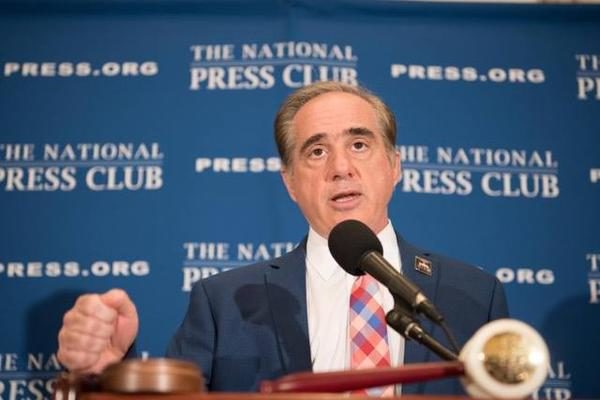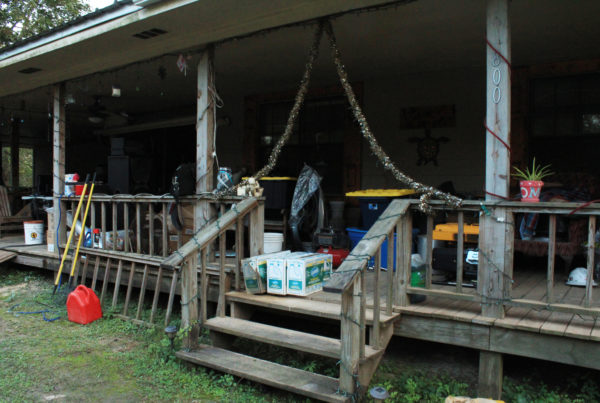Recent reports have shown just how rampant sexual harassment is in all manner of workplaces, and that’s also true for the U.S. military. This week, the Pentagon released data on the number of sexual assault reports filed between October 2012 and September 2016.
For the first time, it broke down the data by base. Sig Christenson, senior reporter covering the military for the San Antonio Express News, says that the Pentagon’s report isn’t as revealing as it should be.
Over four years, more than 23,000 incidents were reported worldwide.
“Among all the joint bases, San Antonio was the worst in terms of the total numbers,” Christenson says. “What we don’t know is what the rate is, the rate of reporting for Joint Base San Antonio. That may tell us a completely different story. The rate may be actually low, or it could be somewhere in the middle, or it might be high. We are trying to crunch those numbers and get a good sense ourselves of what they look like and we’ve asked the Air Force to do the same thing so we have a clear idea in our next story of how the problem exists, or if there’s a problem for that matter. We don’t know yet.”
He says the numbers as a whole are far higher in San Antonio than at any of the other 12 joint bases. This isn’t the first time that the base is in the news because of sexual harassment.
“[Joint Base San Antonio] Lackland, which is the home of Air Force training, had an instructor misconduct scandal,” Christenson says. “What we learned, and what the Air Force learned and has tried really mightily to correct, was that there was a power imbalance between instructors and the students. Because that imbalance existed, some instructors took full advantage of it.”
Christenson says there’s a difference between that scandal and the high-profile stories that are emerging lately.
“[The instructor] was perhaps an exception because a lot of the encounters were consensual. At least consensual in the sense that the women didn’t say no,” he says. “But a lot of the women were very intimidated by rank.”
He says that in response to the scandal, the Air Force made 46 recommendations and they implemented all of them.
“After the new reporting rules got put into place and these recruits were empowered to report misconduct, they did,” he says.
Christenson says he’s hopeful that the rate of reporting will be available soon.
“But it would have been a whole lot better for everyone if the Defense Department had done its job,” he says. “And instead they’ve left us to do it.”
Written by Jen Rice.














